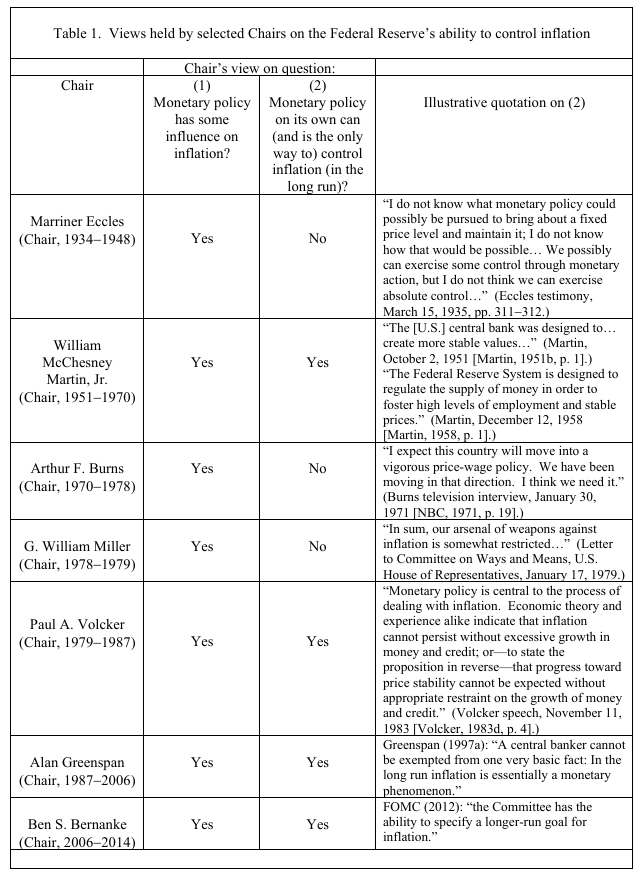という趣旨のNBER論文が上がっている(H/T タイラー・コーエン、ungated(SSRN)版)。論文のタイトルは「One Cohort at a Time: A New Perspective on the Declining Gender Pay Gap」で、著者はJaime Arellano-Bover(イェール大)、Nicola Bianchi(ノースウエスタン大)、Salvatore Lattanzio(イタリア銀行)、Matteo Paradisi(エイナウディ経済金融研究所*1)。
以下はその結論部。
Our examination of the evolution of the gender pay gap over the past four decades reveals a complex story marked by both progress and weakening in worker conditions. The conventional wisdom attributes the steep narrowing of the gender pay gap observed between the 1970s and 1990s to substantial improvements in women’s earnings and labor market outcomes. A halt in such improvements is then generally considered to be the primary reason behind the more recent slowdown in the closing of the gender gap. Instead, our research suggests that both the decline and the halt in the convergence of the gender pay gap are linked to a worsening in the careers of younger workers, particularly younger men, who have faced widening age pay gaps, lower promotion rates, and declining lifetime earnings.
To explore these dynamics, we developed a conceptual framework linking an increased supply of older workers in higher-paying jobs to a smaller gender pay gap among younger workers. Consistent with the importance of cross-cohort effects, we show that the entirety of the decline in the gender pay gap can be attributed to newer cohorts who entered the labor market with smaller gender differentials and to older cohorts who exited the labor market with larger differentials.
Importantly, our study challenges the assumption that the decline in the gender pay gap primarily reflects improved opportunities for women. Instead, we argue that the aging of the workforce has disproportionately and negatively affected younger men because, at baseline, they were more likely to find employment in the type of jobs occupied by an increasing stock of older workers. The data confirm that it was a significant decline in opportunities for younger men, rather than substantial gains for younger women, that drove the convergence in labor-market outcomes that occurred in the 1970s through the mid-1990s. After this point, the remaining gender gap at labor-market entry reflected mostly gender differences in educational choices, rather than differences in initial job allocations. Therefore, further increases in the number of older workers has continued to create bottlenecks to the careers of all younger workers, but not differentially between men and women.
In conclusion, our findings paint a nuanced picture of the dynamics of the gender pay gap. Despite the many prior policies that intended to boost women’s position in the wage distribution, our findings caution against interpreting the progressive shrinkage of the gender pay gap as a sign of improved opportunities for women. The design of future gender-responsive policies should strongly consider the outcomes of younger women at or immediately after labor-market entry, because those outcomes represent a largely untapped source for improving gender equality.
(拙訳)
過去40年の男女間賃金格差の推移についての我々の調査は、労働状況の発展と減退の両方を特徴とする複雑な話を明らかにした。世間知では、1970年代から1990年代に掛けて観測された男女間賃金格差の急速な縮小を、女性の所得と労働市場の状況の顕著な改善に帰している。そして、そうした改善の停滞が、男女差の縮小が最近では鈍化したことの主因と一般には認識されている。一方、我々の研究が示すところによれば、男女間賃金格差の収縮と停滞は、賃金の年齢間格差の拡大、昇進割合の低下、および生涯所得の減少に直面した特に男性の若年労働者のキャリアが悪化したことと結び付いている。
この動学を追究するために我々は、高所得の職における高齢労働者の供給の増加と、若年労働者における男女間賃金格差の縮小とを結び付けた概念枠組みを構築した。コホート間効果の重要性と整合的に、男女間賃金格差の縮小はすべて、男女差が小さい形で労働市場に参入した新しいコホートと、男女差が大きい形で労働市場から退出した古いコホートに帰せられることを我々は示した。
重要なのは、男女間賃金格差の縮小は主に女性の機会改善を反映している、という前提に我々の研究が異論を呈していることである。そうではなく、労働力の高齢化が負の影響を若い男性に偏って及ぼした、と我々は論じる。というのは、基本的には彼らが、高齢労働者の増加する供給ストックが占有しているような職に雇用される可能性が高いからである。1970年代から1990年代半ばに掛けて生じた労働市場における状況の収束をもたらしたのは、若い女性の機会の有意な増加ではなく、若い男性の機会の有意な低下であることが、データによって確認された。それより後の期間では、労働市場参入において残存している男女差は、最初の職の配分における男女差ではなく、教育の選択における男女差を主に反映している。従って、高齢労働者数のさらなる増加は、すべての若年労働者のキャリアにとっての障壁を作り続けているが、そこに男女差は存在しない。
結論として、我々の発見は、男女間賃金格差の縮小について微妙な構図を明らかにした。賃金分布における女性の地位を向上させようとしたこれまでの多くの政策にもかかわらず、男女間賃金格差の前向きの縮小を女性の機会の改善の証しと解釈することについて我々の発見は警告を発している。男女格差問題に対応する今後の政策の設計は、労働市場参入時、もしくはその直後の若い女性の状況を大いに検討すべきである。というのは、その状況が、男女平等を向上させる際にこれまであまり顧みられてこなかった格差の原因だからである。

